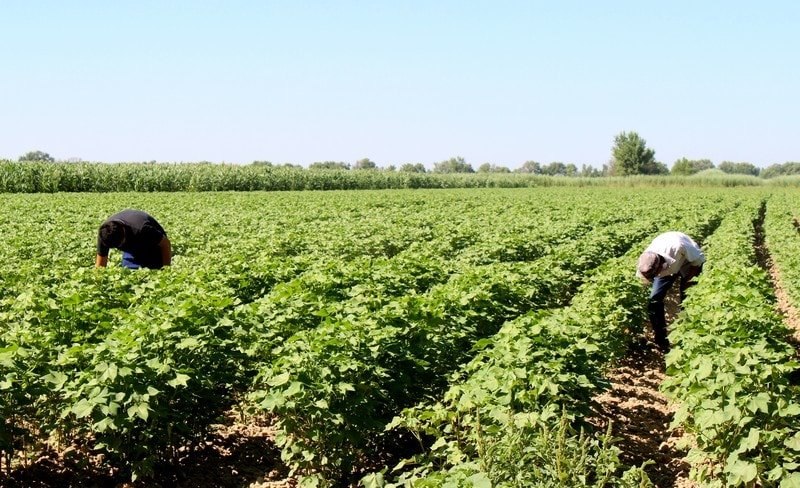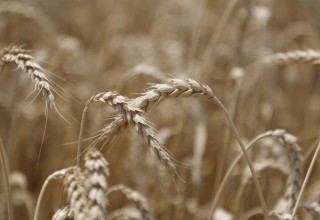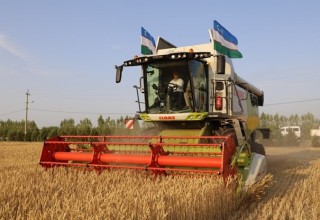Cotton ginning season is starting in the regions
Chilpish is an important agrotechnical measure for early and abundant harvest in cotton farming.Today, it will be possible to speed up the growth and development of cotton, as well as the harvest, by carrying out the ginning event in the cotton fields on time and with good quality.
When the cotton weeding is carried out in the optimal period, the shedding of crop elements is prevented, the number of flowers and bolls increases, the negative effects of pests and insects are reduced, the ripening of bolls is accelerated by 5-10 days, the productivity increases to 5-6 centners per hectare.
Also, according to the scientific recommendations, it is prescribed to carry out the weeding, depending on the cotton varieties and seedling thickness, soil composition, and, most importantly, when there are 12-13 harvest branches on average, and when 11-12 harvest branches are formed in the fields planted with "koshkator", first, the cotton growth points should be weeded once.
Today, 314,000 hectares (31%) of cotton fields with good growth and development have on average 11-12 branches, and 13-14 branches have formed in 106,000 hectares (11%) of cotton fields.
In addition, side branching of cotton has been started in most areas in well-maintained fields sown in such early periods.
Of the 1 million 12 thousand 445 hectares of cotton cultivated in the republic's territories this year, preliminary ginning works have been carried out on 30 thousand hectares or 3%.
Also, in the recommendations, as a result of delayed or poor-quality cotton ginning, the stem grows and the cotton yield decreases by 15-20 percent, and ripening is delayed by 7-10 days. It has also been shown that the bolls are smaller and the weight is reduced, the cotton becomes serbarg, and the thickening of the boll shell leads to the increase of insects, including the bollworm.
At the same time, it is required to carry out cotton threading in accordance with its procedures and scientific recommendations. In particular: first of all, it is necessary to prevent the cotton from sprouting, for this it is necessary to carry out pruning when there are on average 12-13 harvest branches in the cotton, and when 11-12 harvest branches are formed in the fields planted with "koshkhator";
secondly, the cotton fields where chilpish is carried out must be watered or there must be 65-70 percent moisture under the cotton;
thirdly, when weeding cotton, it is necessary to take the growth points of the main stem and side branches, put them on the skirts and take them out of the field and bury them, thus reducing the pests and insects of the cotton that laid eggs on the growth points;
fourthly, as much as possible, it is necessary to avoid untimely and poor-quality pruning and to pay special attention to pruning the side branches of the cotton, because if the side branches are not removed, the air circulation between the rows may be disturbed and the pods in the lower tier may rot.
If the above activities are not carried out on time and with high quality, the loss of 6-7 centners of cotton has been proven in many years of experience.
"Uzagroinspeksiya" is constantly monitoring cotton ginning operations in the regions and timely and quality agrotechnical activities in the cotton fields being cared for for the 2024 cotton harvest.
F.Mamasoliev, Agrotechnical activities in agriculture
head of the transfer control department






